It may not be evident at first glance, but small businesses have a huge advantage over large companies in many regards. Small firms don’t have the deep pockets to weather storms, but they do have the flexibility and focus that is not commonly found in larger corporations. This means that the ability to meet the true needs of the consumer is much higher than it is for big brother. This is a key truth that needs to be understood if you are pursuing a small business venture. Many small businesses lose sight of the value they offer by shooting to meet a larger general need without first addressing the specific needs of their niche.
Economy of Scale
How is this possible? It is tied into the economy of scale and the law of averages. Economy of scale comes into play when larger organizations obtain price breaks for bulk orders placed in advance. The large company has a historically high demand for a given product or material, so they seek to grab a bunch of it at once in order to save on a per-part basis. Evidence of this can be seen in the price difference between a grocery store and a convenience store. The grocery store has much larger volumes of any given product than the quick stop, and it has much higher prices than the grocery store for the exact same items.
For the small business, this can be used as an advantage over larger counterparts. The company that has placed the larger order has effectively made a commitment to supply a specific something to a specific market share. In other words, they have targeted their focus on one demand. Consequently, this can prevent a large company from venturing outside of their chosen focus. The small business is free of this commitment and focus and has the ability to cater to the market share that is not facilitated by this cookie-cutter solution. Custom solutions that cannot come from larger companies are available from a small-scale business.
Law of Averages
The law of averages states that a series of random events will collectively even out, given a large enough sample set. So let us say that a large conglomeration wants to begin buying up all of its smaller competitors. The annual sales of three companies could plot out like the following:
Company A:
Company B:
Company C:
Now, I am not concerned with specific numbers at this point, I am simply pointing out how the law of averages works. Once acquired, these three companies’ overall sales could combine to plot as follows:
Notice how the peaks have dropped and the valleys have elevated. If said conglomerate were to continue to acquire companies with similar numbers, the collective average would begin to mellow out even more. Large companies like this dynamic because the overall fluctuation is brought closer to zero. In the first three graphs, the difference between the highest peak and the lowest valley is as much as 70. In the averaged graph, the difference is less than 50. This consistent, stable arrangement creates fewer variables and fewer dependencies on a per annum basis. With time and enough acquisitions, the goal would be a graph similar to this one:
The overall deviation is much lower, and there is a fairly constant growth rate.
As a company begins this transition, it is fundamentally becoming less customer-focused and more business-focused. This is not necessarily a bad thing, as it will help keep the business and the jobs it creates around. It does, however, open the door for small businesses that seek to cater to custom solutions.
Batching Departmental Resources
To further illustrate the advantage small businesses can have, here is another way of looking at it. Let’s say a company type is comprised of four departments; Accounting (A), Manufacturing (Man), Marketing (Mar), and Shipping (Sh). Let’s also assume that every purchase order must pass through each department for order fulfillment. The process would look something like this.
Now, let’s suppose four similar companies are purchased at the same time, each focused on a slightly different niche. We would initially have four companies under one owner working in parallel.
At first there, is no disruption to each individual company’s flow. They each serve their customer base just as they had prior to being acquired. At some point, a bean counter decides that the overhead associated with four similar but different companies is not justifiable, and the decision is made to consolidate by department. One large facility is purchased, and all of the equipment and personnel are moved in order to facilitate a “more efficient” solution. Rather than having four accounting departments, there is now only one. Instead of four manufacturing departments, there is only one. On this goes for each part of each company until it is all under one roof.
Now, let’s push the same four orders through the system and see what happens. Remember, previously we had four parallel systems and now we have one large system in series. Like before, each order must pass through each department. The flow would look like this:
In a linear world one could argue that there would be no difference in the turnaround time. The load-to-capacity ratio appears to be the same in both the separate parallel systems and the consolidated system in series. The truth, however, is that the complexity of the consolidated system has introduced layers of bureaucracy that were simply not needed when each system was in its original simplified form. Now when an order comes in, it must find its way to the appropriate accountant, then to the appropriate line on the manufacturing floor, then to the appropriate marketer, then to the appropriate shipper. The additional paper pushing begins to clog the system and extend the overall turnaround time.
Lost in Numbers
With the new system, the ability to cater to a unique desire of one customer becomes more laborious. As a whole, the consolidated company fundamentally cannot service its customers as quickly and effectively as it could when every aspect of the company revolved around a single niche. The benefit to consolidating is a lower overhead and less overall fluctuation in demand. Each industry will be affected by this dynamic differently, but consolidating in this manner will slow down throughput.
Long Live the Small Biz!
I take the time to illustrate this so you can effectively focus your efforts in ways that will truly add value. Small business by nature is volatile and every bit of help that one can get is good. Don’t waste your efforts competing where you have no place. Play into the strengths you have as a small business and service the heck out of your market place. At some point, it may make sense to make the transitions mentioned above, but it is something that must be matured into.
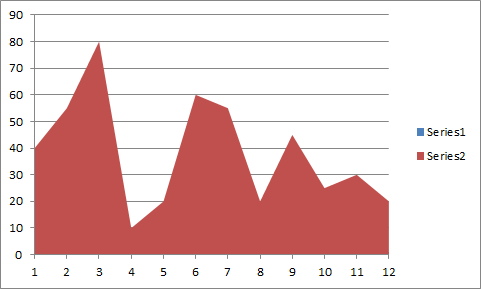
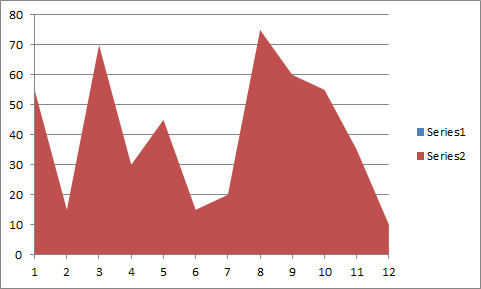
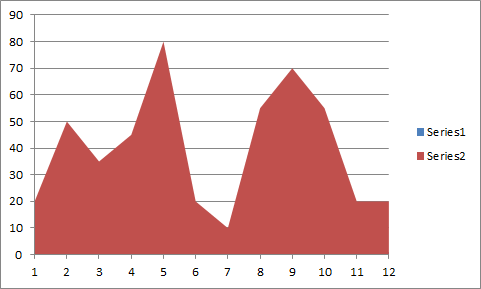
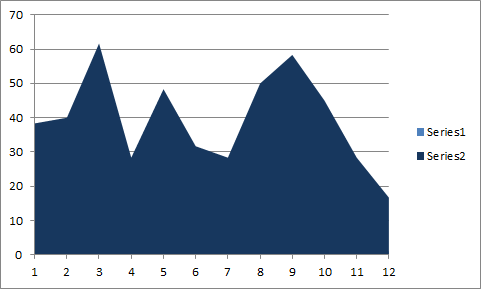
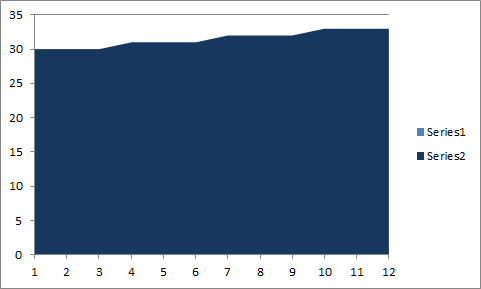

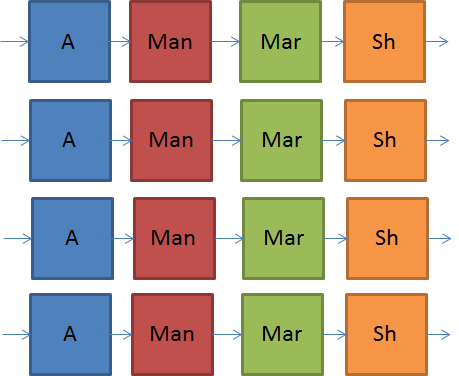


Leave a Reply